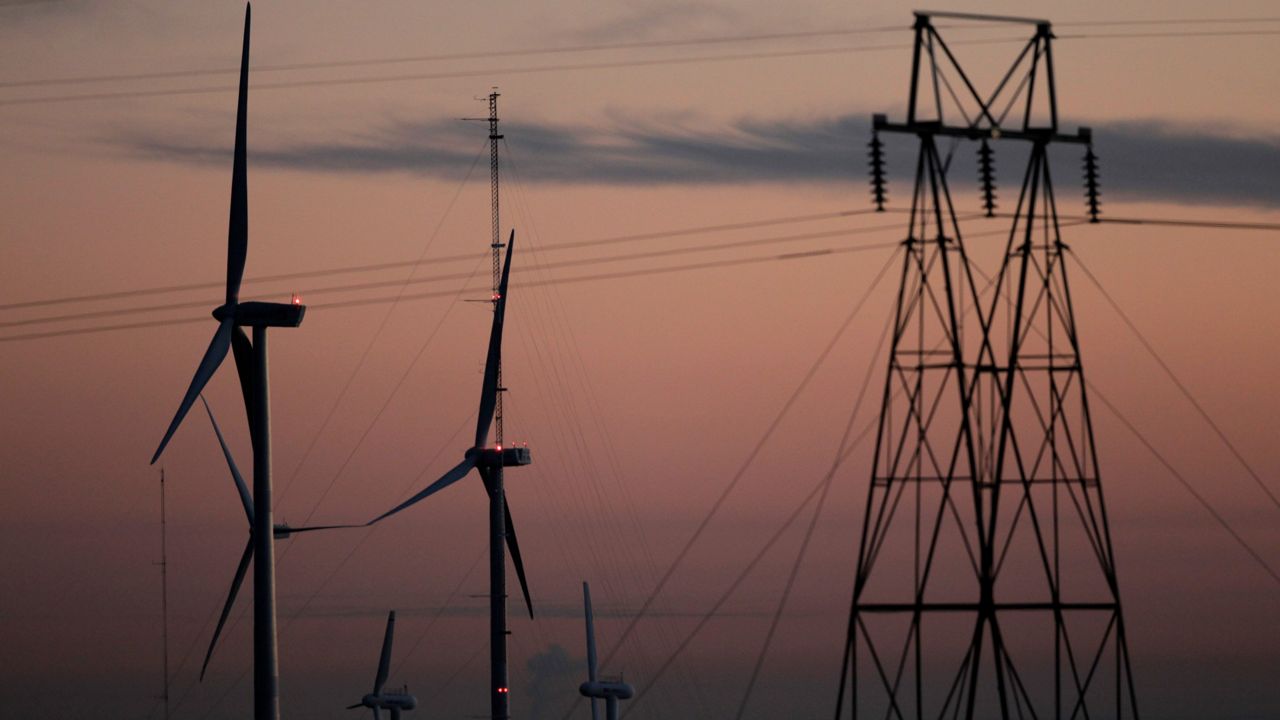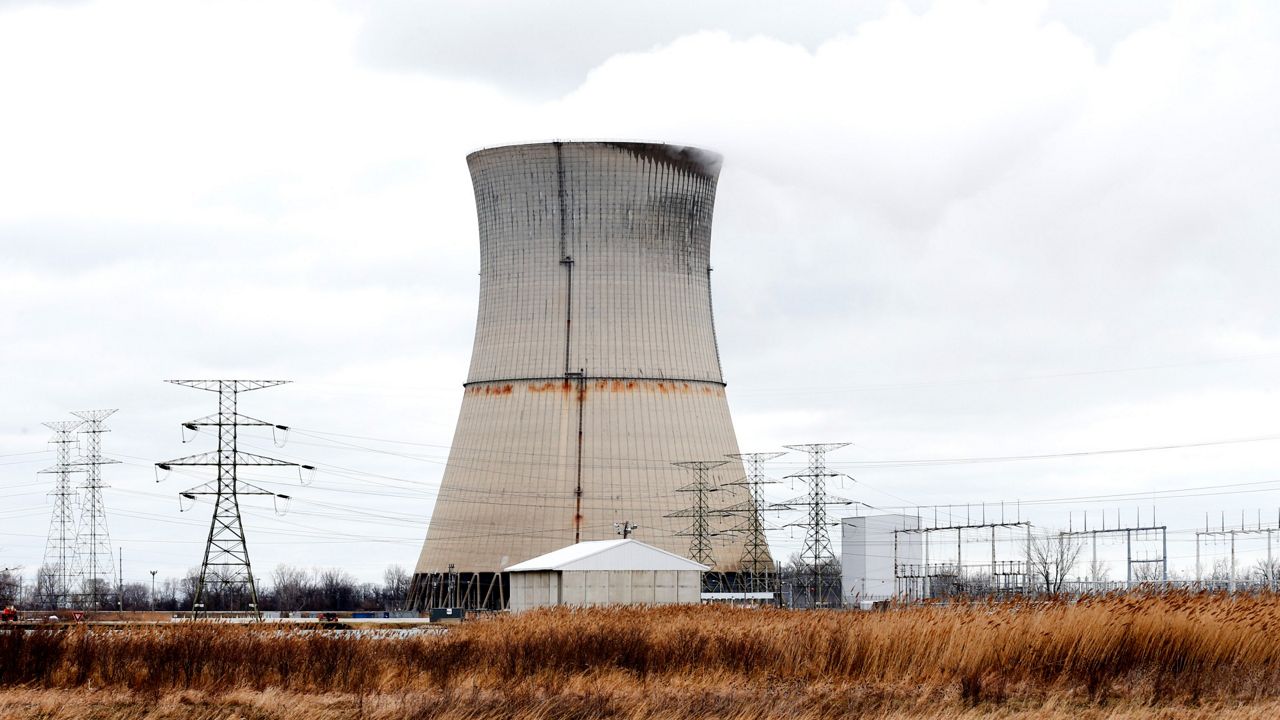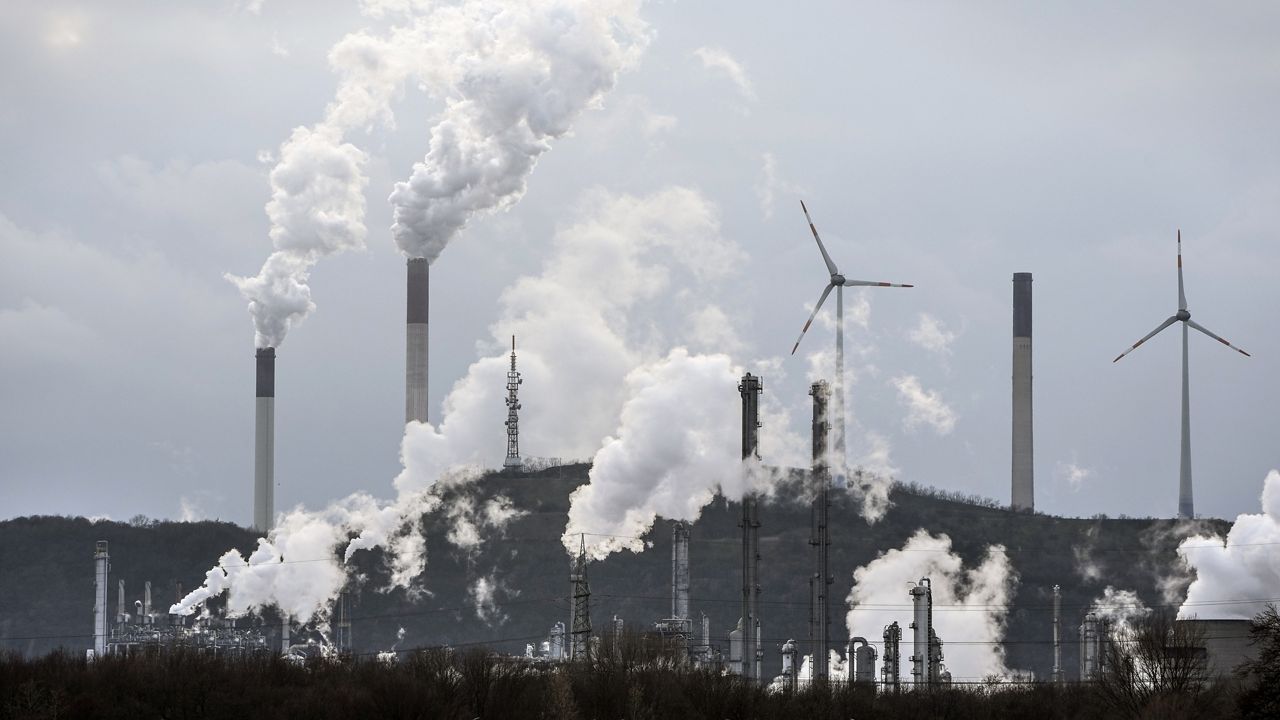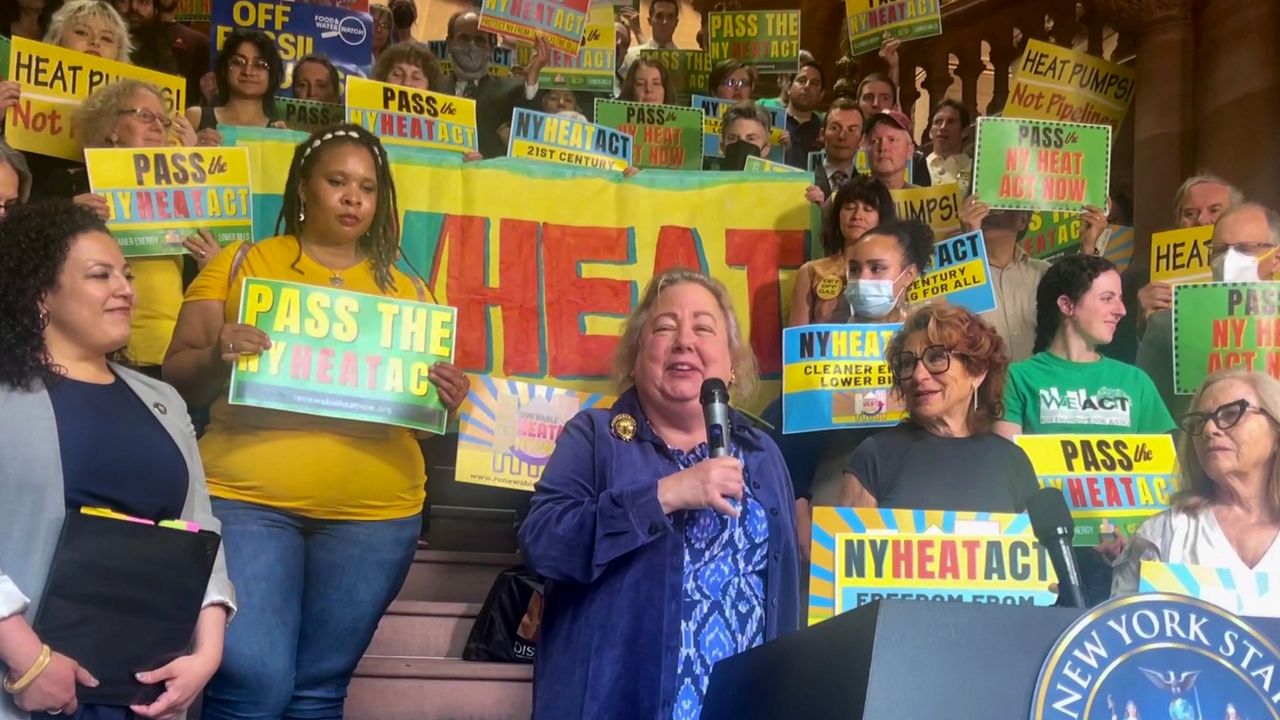Climate activists view the New York state budget as the best chance for passage of the Climate Change Superfund Act.
The bill (S.2129A Krueger/A.3351A Dinowitz) would force oil companies to help pay for damages caused by the climate crisis — damages that environmental justice communities have been dealing with for decades, in some cases.
The bill is opposed by the Business Council of New York State, among other groups.
If passed, the act would create a funding stream to take the financial burden off working families by providing a $3 billion grant program, with $1 billion, or 35%, going to state-designated disadvantaged communities every year for the next 25 years.
Sheridan Hollow, a predominantly Black neighborhood in Albany, is an example of one community that could benefit from the bill’s passage.
For 12 years, between 1981 and 1994, residents of Sheridan Hollow lived in the shadow of a state-owned trash incinerator. The ANSWERS plant burned 350 tons of waste daily. The mercury and arsenic belching from the plant were carcinogenic; while the plant is now shuttered, residents continue to live, and die, with that toxic legacy today.

Albany County Legislator Merton Simpson, who co-chairs the Sheridan Hollow Alliance for Renewable Energy (SHARE), lives 9/10ths of a mile from the plant.
“My wife, her sister, died from multiple myeloma, as well as her husband. And I, myself am being looked at for proteins that could lead to smoldering myeloma and multiple myeloma,” he said. “There are several families who have more than three people with Stage 4 cancer. It’s statistically significant.”
According to an analysis by the New York Public Interest Research Group, or NYPIRG, if the state Department of Environmental Conservation allocates the money in this manner, the Climate Change Superfund Act could mean $40 million for the Capital District. That, in turn, could mean millions for Sheridan Hollow with which to clean up toxins remaining from the now-defunct plant.
“[The money] would go a long way to mitigating the cost that is presently on the taxpayers,” Simpson said.
NYPIRG estimates that:
- Capital District could see $40 million in potential Superfund Environmental Justice Annual Grants.
- Lower Hudson Valley could see $131 million in potential Superfund Environmental Justice Grants
- Northeast Upstate could see $6.3 million in potential Superfund Environmental Justice Grants
- Northwest Upstate could see 19.6 million in potential Superfund Environmental Justice Grants
- Southern Tier/Rochester could see $69 million in potential Superfund Environmental Justice Grants
- Central New York could see $58 million in potential Superfund Environmental Justice Grants
- Western New York could see $71 million in potential Superfund Environmental Justice Grants
More here: https://www.nypirg.org/climatechange/










